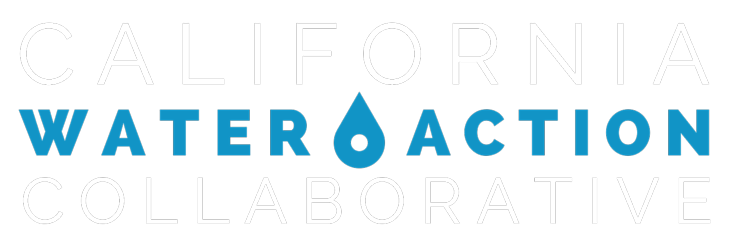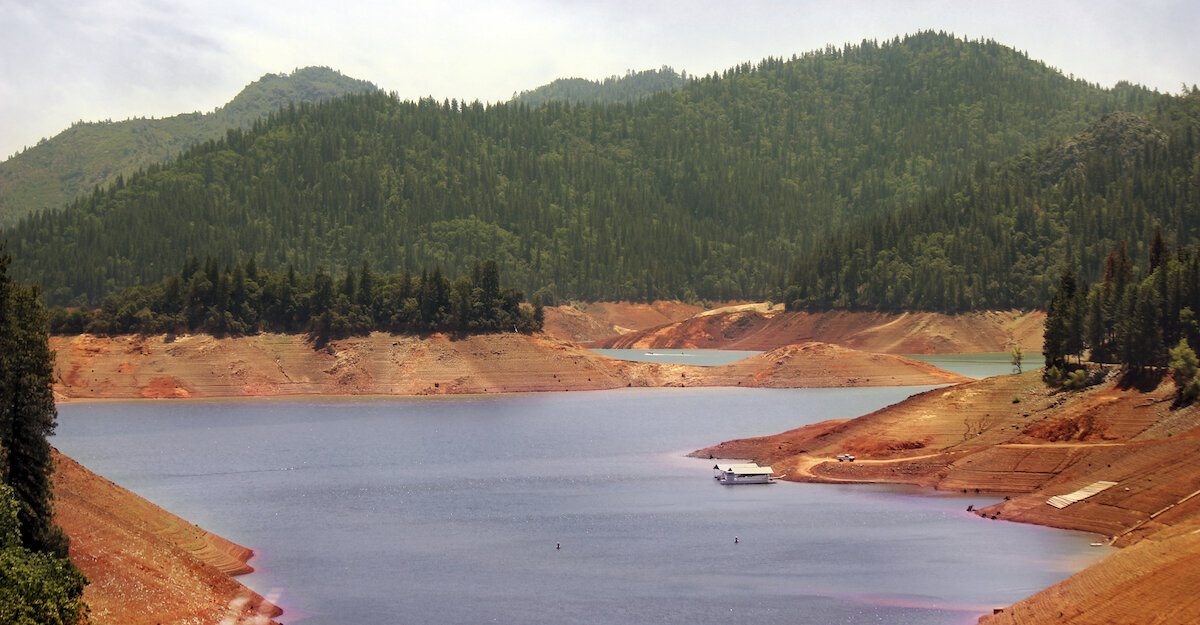CWAC members are working together to advance projects that protect and enhance California's freshwater resources.
This state is rich with businesses, non-profits, academics, farmers, agencies, and other thought leaders developing innovative solutions to our freshwater challenges. We believe the best ideas will emerge when these creative minds unite.
All current and prior CWAC projects are showcased below. Projects are brought to CWAC by individual members at varying stages of project development – often with a vision and initial partners in place, but lacking sufficient funding, technical expertise, or stakeholder buy-in. All projects are “opt-in,” and become an “official” CWAC project once a minimum of three member organizations agree to participate (not all projects include all members). The contribution of time, treasure, and talent from CWAC members has repeatedly proven critical to project success and scaling of impact.
We anticipate these projects evolving, and new projects emerging, as CWAC's membership grows and the state's water challenges shift over time. To see our full project portfolio go to to our StoryMap.
Current projects (SAMPLE):
The Nature Conservancy and partners are implementing a landscape-scale forest restoration and research project. The project aims to increase the pace and scale of ecologically-based forest and watershed management to reduce the risk of high-severity wildfire, protect water supply, and increase watershed resilience.
Arundo (commonly referred to as giant reed) has significant negative impacts on water availability, water quality (i.e. sediment loads, temperature, pathogens, nutrient loading, flow modification), habitat, fires, and infrastructure. The objective of the project is the eradication of Arundo donax within the Upper Los Angeles River (ULAR) Watershed.
Wildfire threatens watersheds as it erodes the landscape, allowing more runoff and debris into water supplies. In a post-fire landscape, vegetation is crucial. This project will reforest private lands that these fires impacted and that will not naturally regenerate, complementing improved forest management activities.
This system conservation project directly bolsters water security for Southern CA served by the Colorado River Aqueduct.
The Cosumnes watershed is one of the last major undamned river systems in the east side of the Central Valley. This project is an opportunity to offer multiple benefits including replenishment in a critical watershed, multiple paths to support Bay area drinking water supplies, habitat protection efforts, and near-term benefits to the Sacramento-San Joaquin Delta.
Meadows enhance water supply reliability by improving the reliability and usability of water available. This project will repair a portfolio of meadows in the Feather River Watershed, re-establish hydrologic connectivity, and restore floodplain ecosystem function.
The Groundwater Exchange is a free, collaborative online platform designed to connect water managers, water users and community members with tools and resources to support successful implementation of SGMA.
The Greenway project aims to change Merced Avenue into a community resource, and help maximize the City of South El Monte’s opportunities to clean and capture stormwater, reduce greenhouse gas emissions and urban heat island effect, and provide safe active transit connections to local parks and river connections.
This project will bring public and private sectors together in multi-stakeholder convenings to help establish a shared understanding of onsite water reuse and advance community-informed, strategic, and coordinated investments in distributed water systems in Silicon Valley.
Regenerative agriculture and related resource-efficient practices help nature and biological processes do more of the work in building soil health and water resilience, while also generating other ecological, climate, and social benefits.
To recover and sustain water resources, this project provides both an assessment of existing water use and management, and a system for targeting and prioritizing opportunities for field-scale conservation actions that improve quality and quantity for groundwater dependent ecosystems, and rural and otherwise underserved communities.
In 2015, CWAC members began a partnership with NFF to help restore hundreds of millions of gallons of water annually to the damaged San Gabriel Watershed.
This project is a collaboration with the Southern California business community to motivate the installation of sustainable landscapes on their properties that provide multiple ecosystem, economic, human health, and community benefits.
Wildfires are now the biggest natural disaster facing the Western US. 65% of California’s water supply originates in watersheds at high risk of wildfire. Restoring healthy function to forests includes interventions such as thinning, prescribed fire, meadow restoration, invasive plant removal, native plant regeneration, and road decommissioning. By implementing a Conservation Finance model, Blue Forest & the World Resources Institute seek to scale forest restoration across the West, starting in California.
Leaky toilets are the #1 source of water waste in multi-family housing. Leaky toilets are usually easy to fix, but very hard to detect - especially in large multi-family buildings. This project will deploy leak detection technology in low-income, multi-family housing in Los Angeles, California.
COMPLETED Projects:
The purpose of the pilot is to help participating companies understand the local water context and engage with peer companies, public sector water agencies, and other stakeholders in the basin to align measurement systems, set meaningful targets, and prioritize actions and investments that address the key water challenges in the region.
The CEO Water Mandate – a corporate water stewardship initiative administered jointly by the UN Global Compact and the Pacific Institute – facilitated a statewide collaboration with CWAC members and other partners to identify specific opportunities where the private sector can help accelerate progress toward the California Water Action Plan's vision.
Sustainable Conservation is partnering with CWAC members and local dairy farmers to demonstrate an innovative drip irrigation system that can reduce water use, nutrient use, and GHG emissions while growing quality feed crops.
Sustainable Conservation and its partners are leading an innovative project to optimize the capture of floodwater on private lands to recharge depleted groundwater supplies.
In collaboration with CWAC members and other partners, Sustainable Conservation is working to scale regional adoption of context-based performance metrics to help growers along California’s Central Coast improve their water and fertilizer use efficiency.
The National Forest Foundation is working with the U.S. Forest Service and partners Coca-Cola and Olam to restore the Tahoe National Forest Headwaters to optimum health by thinning vegetation, restoring meadows and river channels, eradicating invasive species, improving water flows, increasing sustainable recreation, and enhancing volunteer opportunities for youth.






















